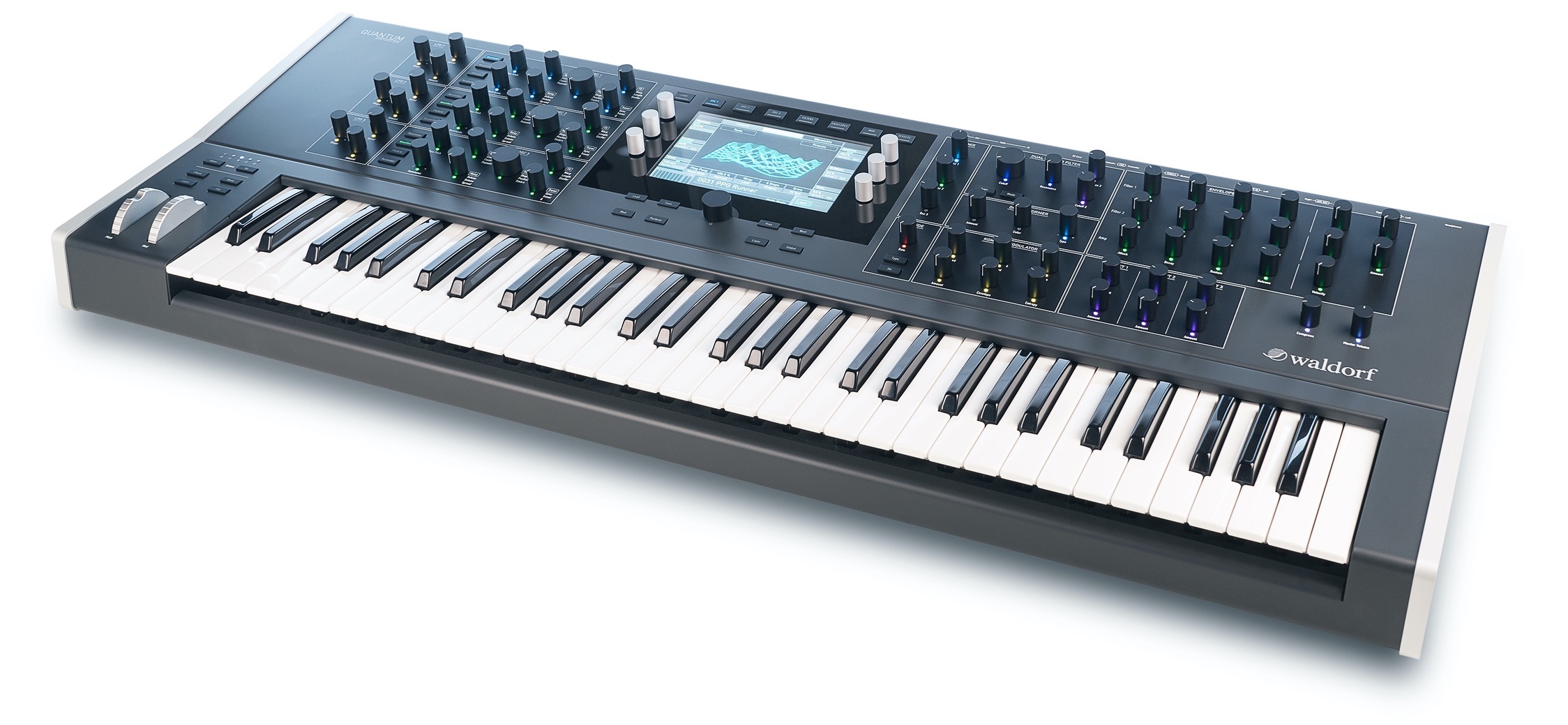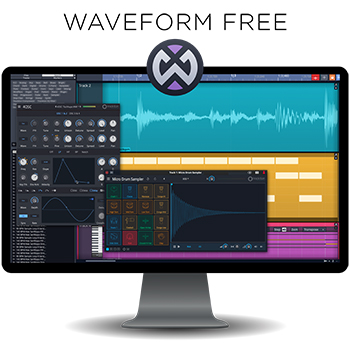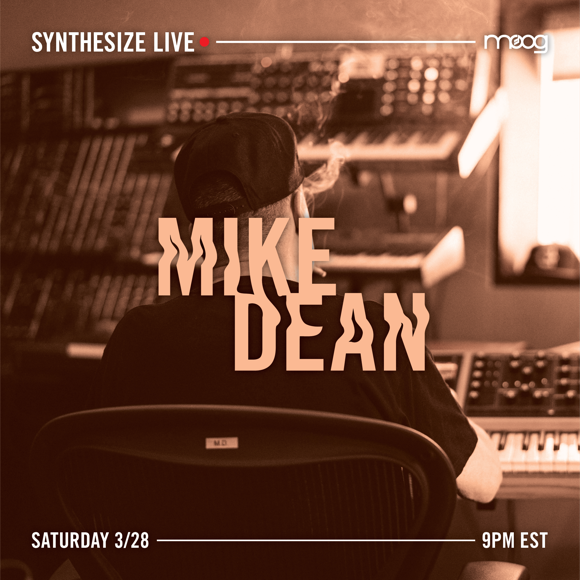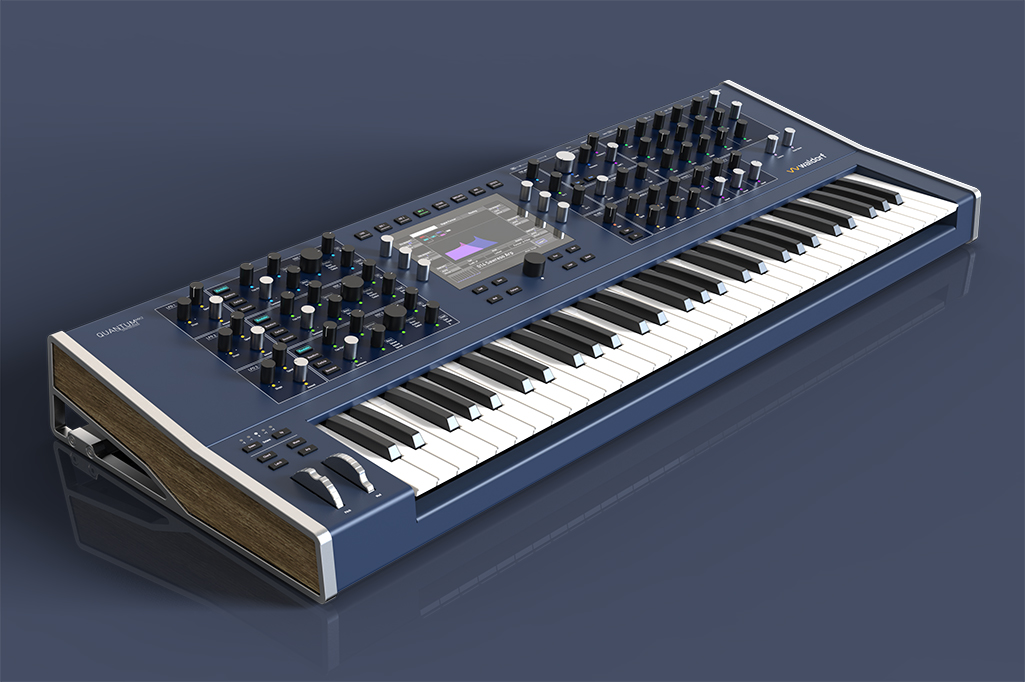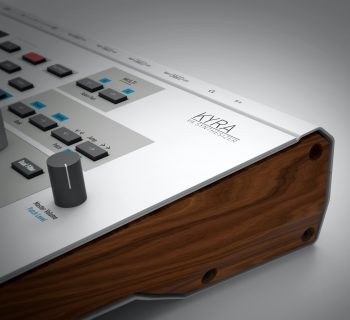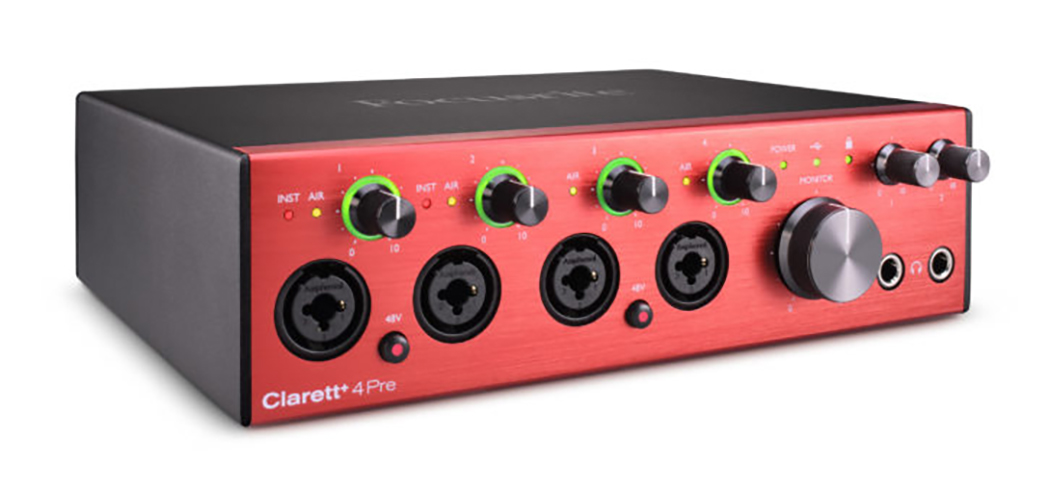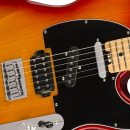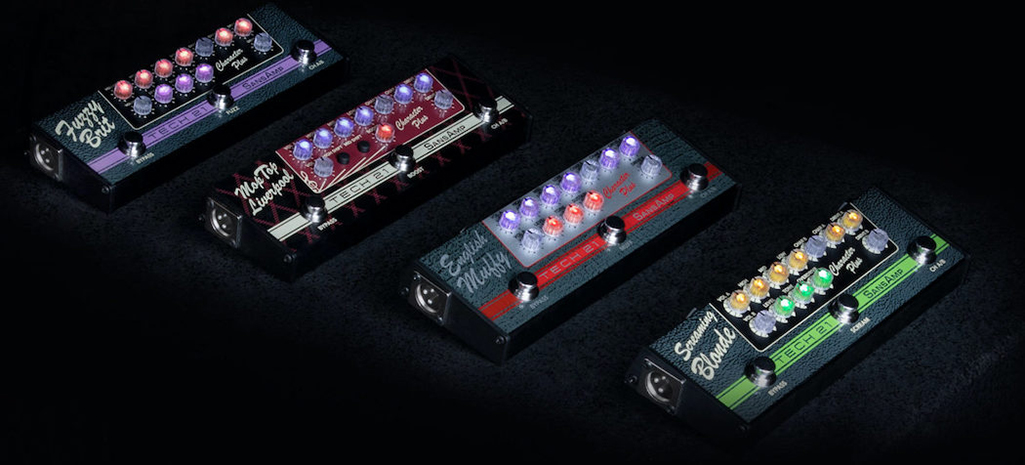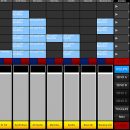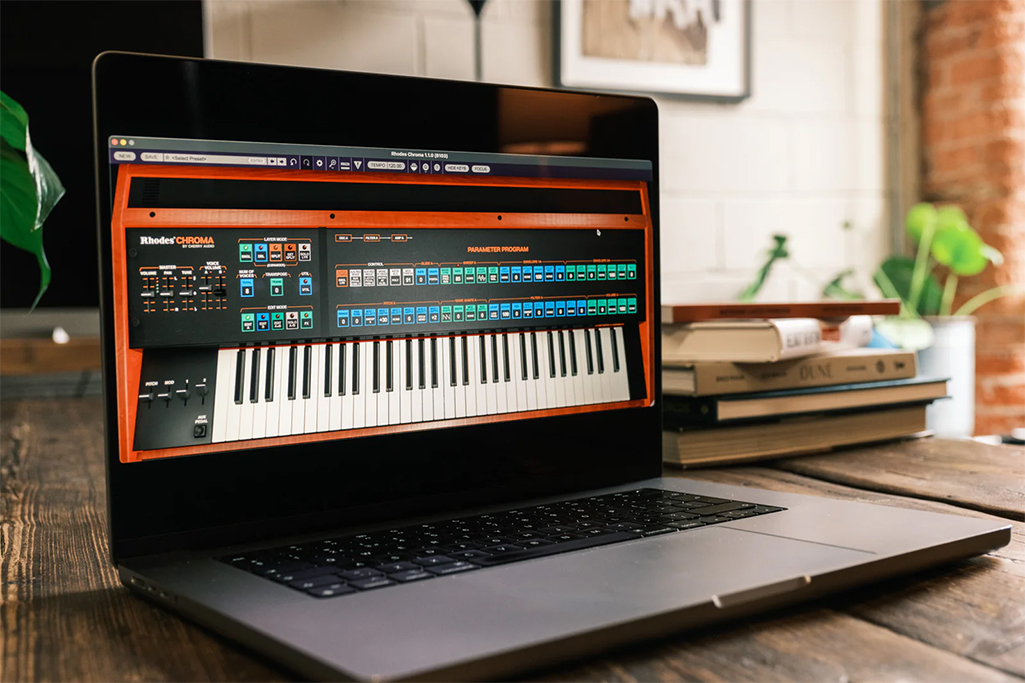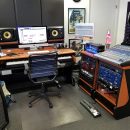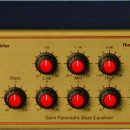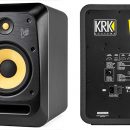REMAGEN, GERMANY: having began beta-testing last year, high-quality synthesizer developer Waldorf Music is proud to announce availability of the highly-anticipated version 2.0 firmware for its flagship Quantum Synthesizer — a major, feature-packed update centred around a new Kernel oscillator type alongside an array of other additions and improvements in keeping with the innovative instrument’s apt appellation — as of March 27...
Dictionaries define quantum as a discrete quantity of energy proportional in magnitude to the frequency of the radiation it represents — or words to that effect in terms of physics, that is. Or, alternatively, an analogous discrete amount of any other physical quantity, such as momentum or electric charge. Certainly Waldorf Music’s Quantum Synthesizer flagship fits the bill by taking another quantum leap in terms of its already superlative sound synthesis capabilities courtesy of its version 2.0 firmware update, ultimately centred around a new Kernel oscillator type to complement the four (Wavetable, Waveform, Resonator, and Particle) synthesis algorithms already available to each of its three oscillators, opening up additional avenues of serious sonic exploration to those passionate performers or seasoned sound designers determined to tweak or dive deeper still.
So what is this newfangled Kernel ‘oscillation’ thing all about? Simply speaking, it is a modular approach in which up to six so-called Kernel Operators can be freely combined into a single oscillator. Effectively, each is an oscillator in its own right, realising a diversity of timbres. These range from using sine and classic waveforms via wavetables through to noise. Needless to say, users could combine, for example, three wavetables with a sine wave and noise within a singleQuantum Synthesizer oscillator. On the face of it, anything goes with anything.
Access to those clearly creative Kernel Operators comes in two flavours. For intuitive sound design, without the need to dive into FM (Frequency Modulation) intervals, there is an innovative Template Mode featuring 14 factory templates to create classic FM sounds through to forward-looking inharmonic textures and abstract tones. Those templates feature five individual meaningful sound parameters each, and a further five macro parameters are available in the Quantum Synthesizer’s main Modulation Matrix. Moreover, creation and exchange of user templates is perfectly possible.
For full scale editing of kernels — where each could conceivably be an individual wavetable, classic waveform, or noise — and all of their parameters, Full Edit Mode means business with the following features: individual audio rate modulations between kernels — classic Phase FM, true FM, wavetable position (allowing for strange structures in audio rate), amplitude modulation, and ring modulation; kernel self-feedback; free patching of kernels into algorithms with up to three modulation inputs for each kernel; classic FM algorithm presets; individual dual decay stage envelope for each kernel; three-segment individual level scaling over key range for each kernel; five macro parameters for each kernel oscillator; six-slot modulation matrix control of macro parameters within each kernel oscillator (with modulation destinations for each kernel including Level, Pan, Pitch, Freq Offset, Feedback, Wavetable — allowing for cross-wavetable modulations, Attack, and Decay); six pitch modes for each kernel (Ratio, Sub-Ratio, Radio + Offset, Semitones, Fixed, and LFO); individual phase control for each kernel; and import of legacy FM format.
It is perfectly possible, then, to view the Quantum Synthesizer’s Kernel synthesis abilities as an oscillator construction kit, allowing for traditional approaches like a six-operator FM synth, as well as providing an experimental space for future-facing synthesis techniques.
That’s not all, though. The highly-anticipated version 2.0 firmware for Waldorf Music’s flagship Quantum Synthesizer also adds an array of other additions and improvements in keeping with the innovative instrument’s apt appellation. As such, Wavetable synthesis engine enhancement comes courtesy of three new user interface display modes — 3D, Wave, and Spectrum (with the latter two reflecting Phase, Position, Stepped, Limit, Spectrum, and Brilliance parameters).Particle, meanwhile, maximises its grain length to one second. Sampling (in Particle’s non-granular mode and Resonator) features new (Forward and Backward) Direction parameters and also respects Loop modes (including the newly-added PingPong) while there is also crossfade functionality for loops; sample start position can be used as a modulation destination in the Modulation Matrix; a new Edit screen for Particle and Resonator shows all individual settings for each sample entry in the Sample Map; various zooming and selection options are now available; and there is a fine-grained control for sample start and end points as well as loop start and end points. There are also new Output Level and Pan parameters for the analogue filter and digital former. The Routing display now shows effect type names and state. An auto-scaling Envelope curve is now shown. The Destination encoder can now be pushed for flipping through groups of Modulation Matrix destinations. There is a new Parameter-only Sequencer mode with up to eight parameter tracks, and Arp (arpeggiator) and Seq (sequencer) screens are now merged into a common screen. Sync now shows musical values for sync ratios. Enhanced editing is enabled by pushing the Display encoder to toggle between Normal, Fine, and Super modes, and if a parameter from the bottom row is edited and in focus then that parameter can also be changed with the main encoder while in focus. File browsing now reacts to the main encoder for scrolling and when performing open/save routines, while pushing the main encoder also selects options when scrolling through menus. USB storage devices are now supported. Expanded AudioFile Editor functions include zooming, scrolling, selection, and editing (Various Normalize, Trim, Cut, Fade In/Out, Reverse, and Silence); single-level Undo/Redo; Record Trigger (Manual, Note, and Signal Threshold); Input VU, Input Monitor Level, and Physical Recording Level. Patch management improvements include: a new feature filter for use with Arp, Seq, Mono, and Layered sounds, and more; a new bulk delete action Load screen action menu; an ability to export patches with samples — all related samples will be put into a Samples subdirectory within the export directory; samples matching patches in the Samples subdirectory will be imported, and if a sample already exists in the internal flash memory then it will not be copied. A screen saver can be set to run after a selected number of minutes to protect the main display from burn-in if the Quantum Synthesizer is left running for hours on end without anything being touched.
When Waldorf Music launched its flagship Quantum Synthesizer to widespread critical acclaim, it sonically signalled an exciting new chapter in its longstanding tradition of designing groundbreaking high-end synthesizers. Introducing its highly-anticipated version 2.0 firmware with so many additions and improvements indicates that this exciting-sounding synthesizer story is far from finished. For now, there are already more than enough fanciful features available to keep both tweakers and deep divers seriously sonically satisfied for some time to come!

